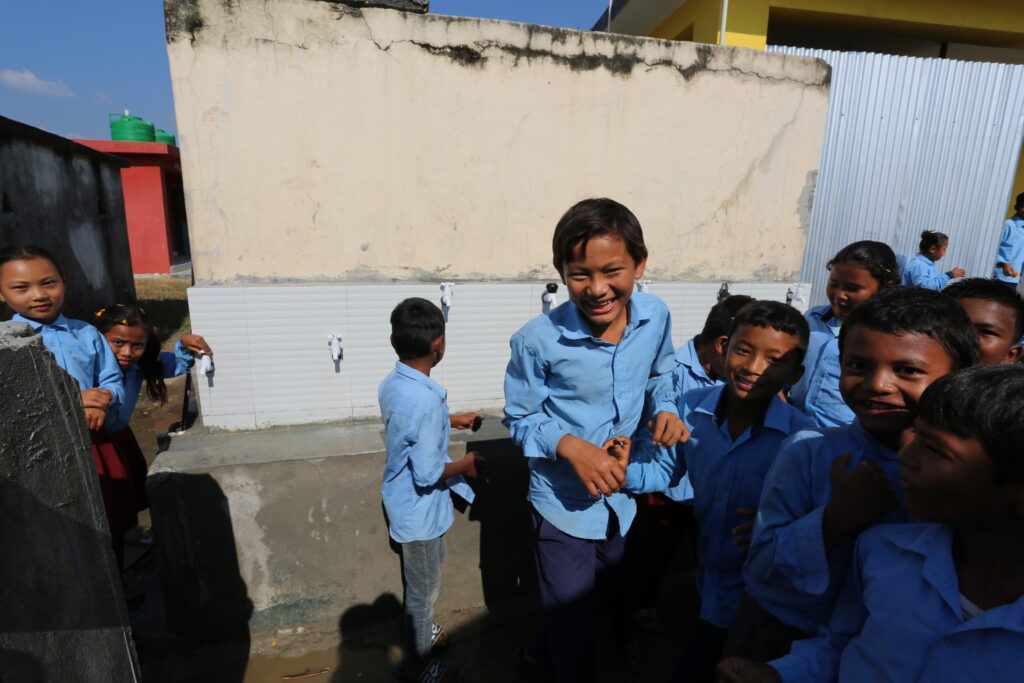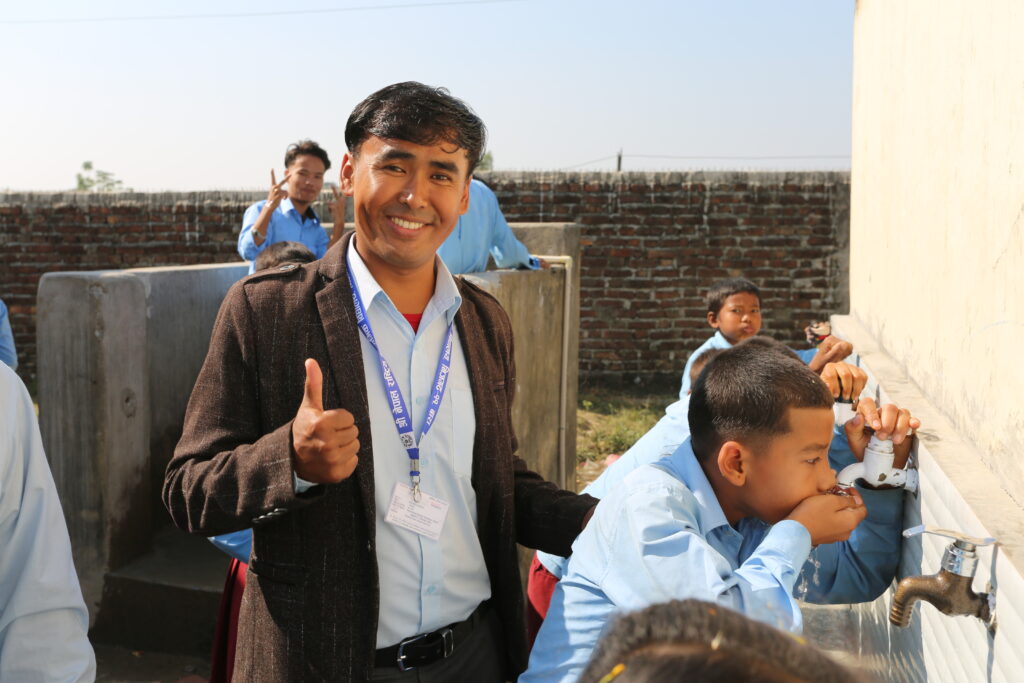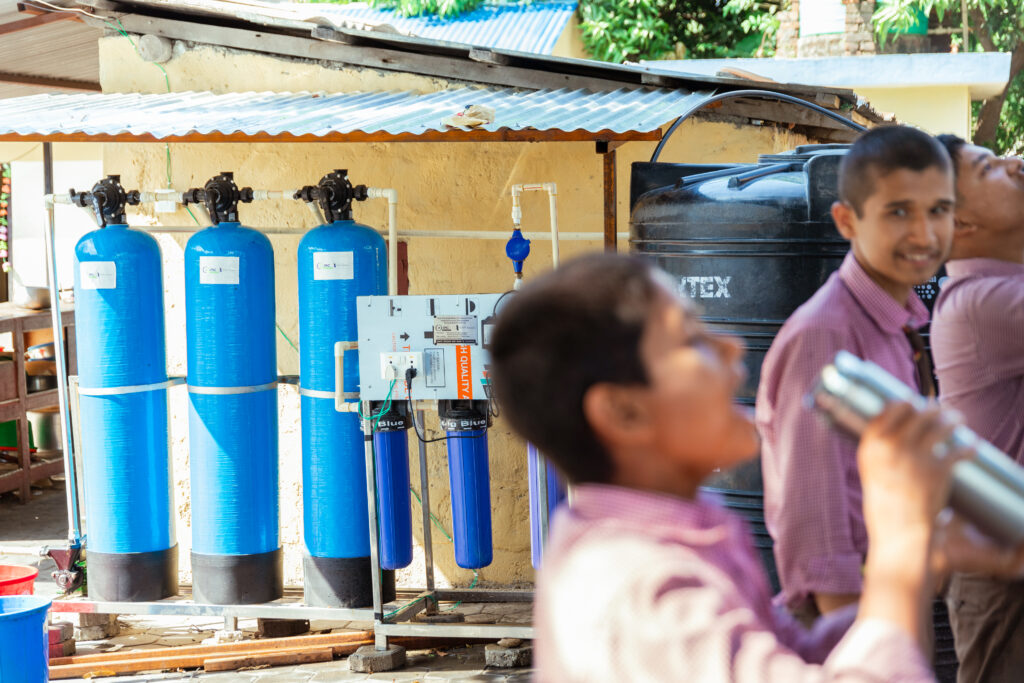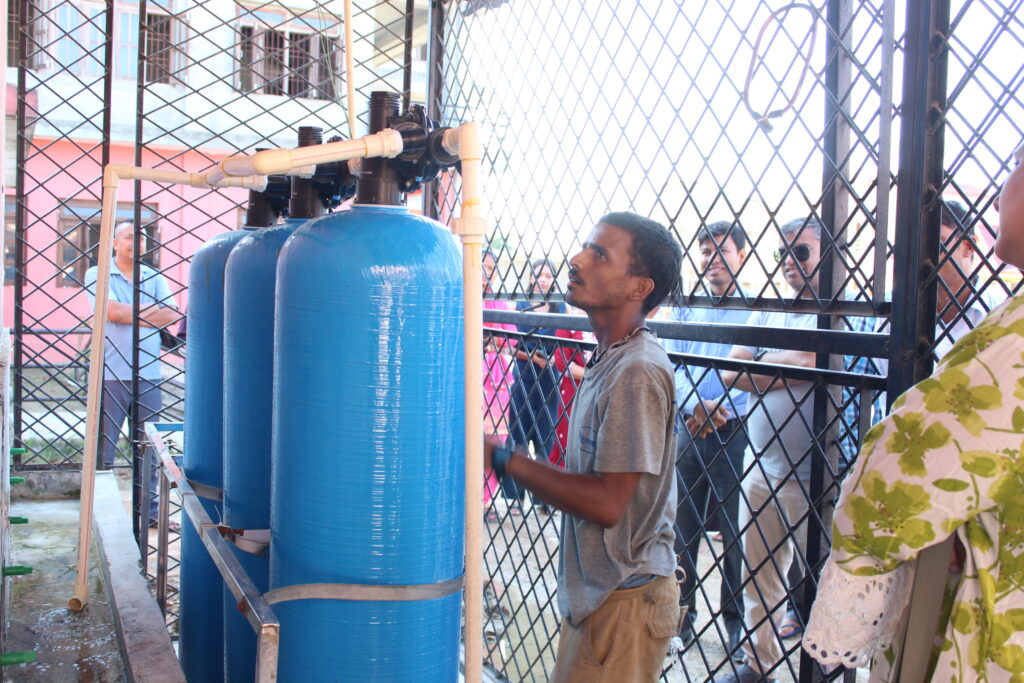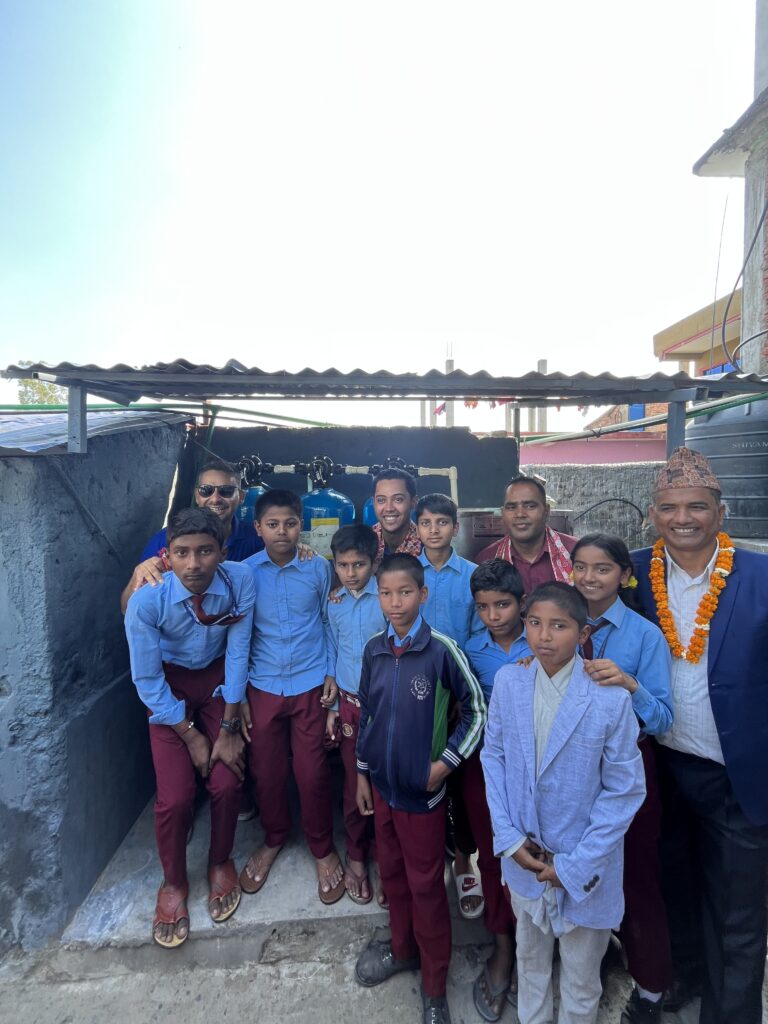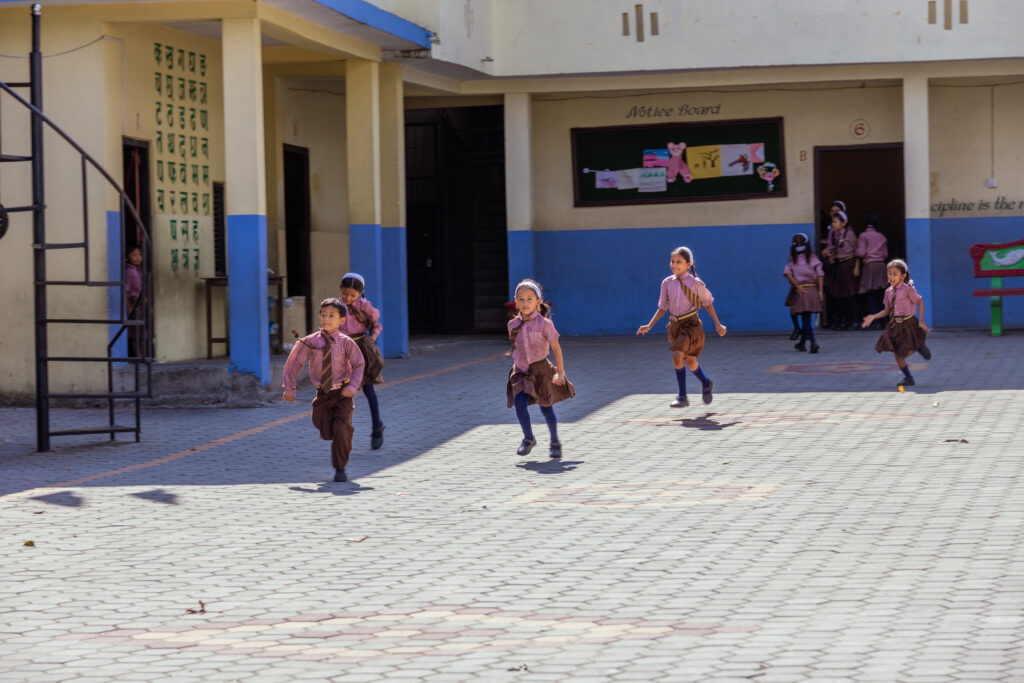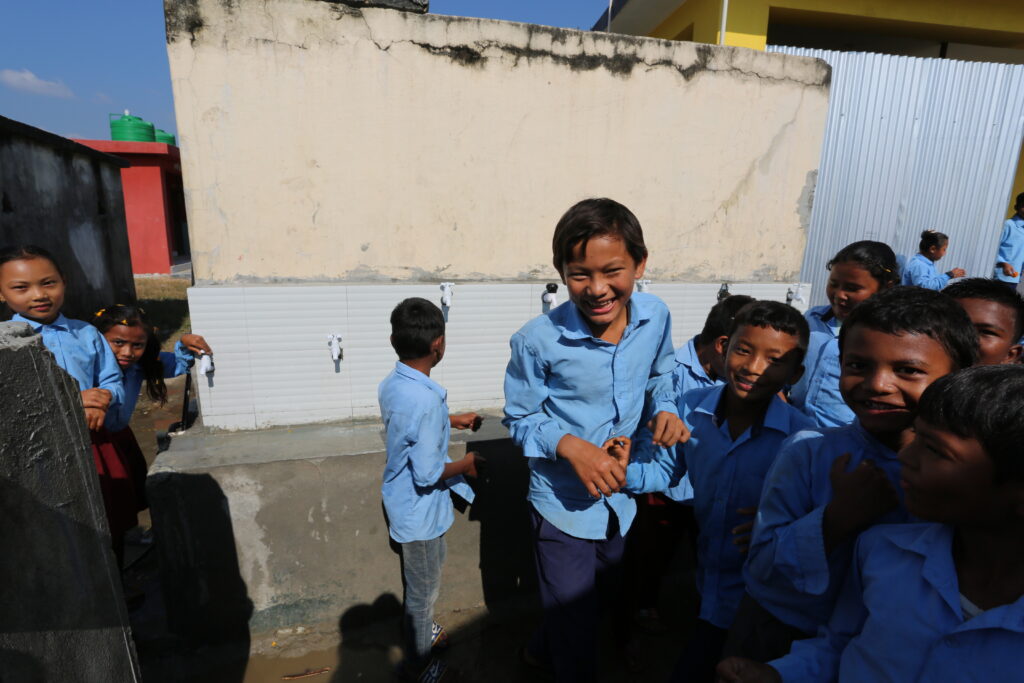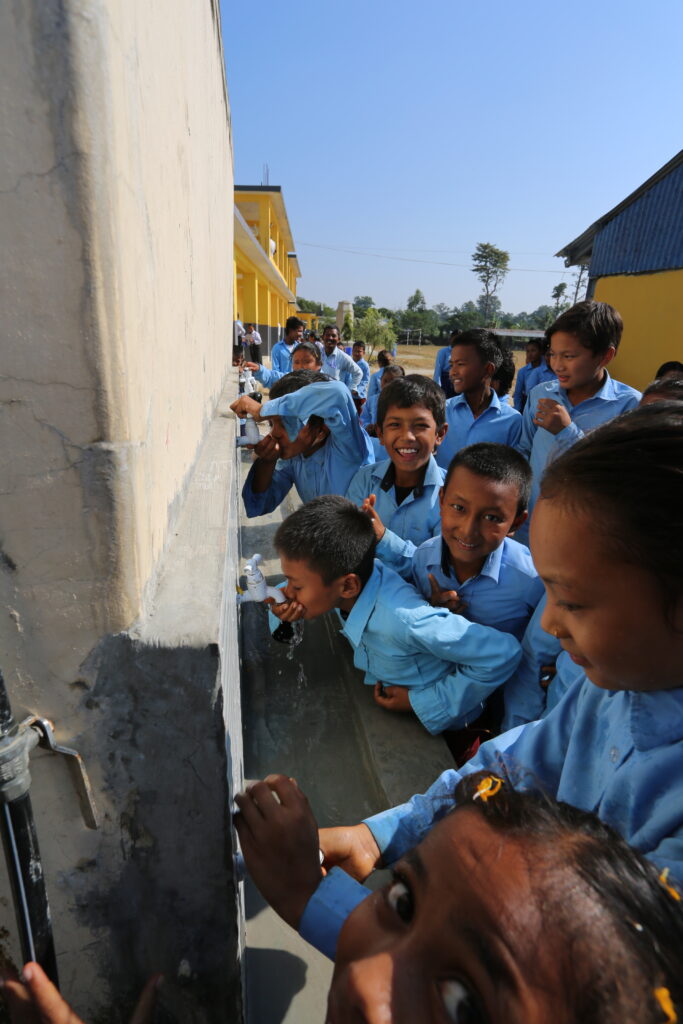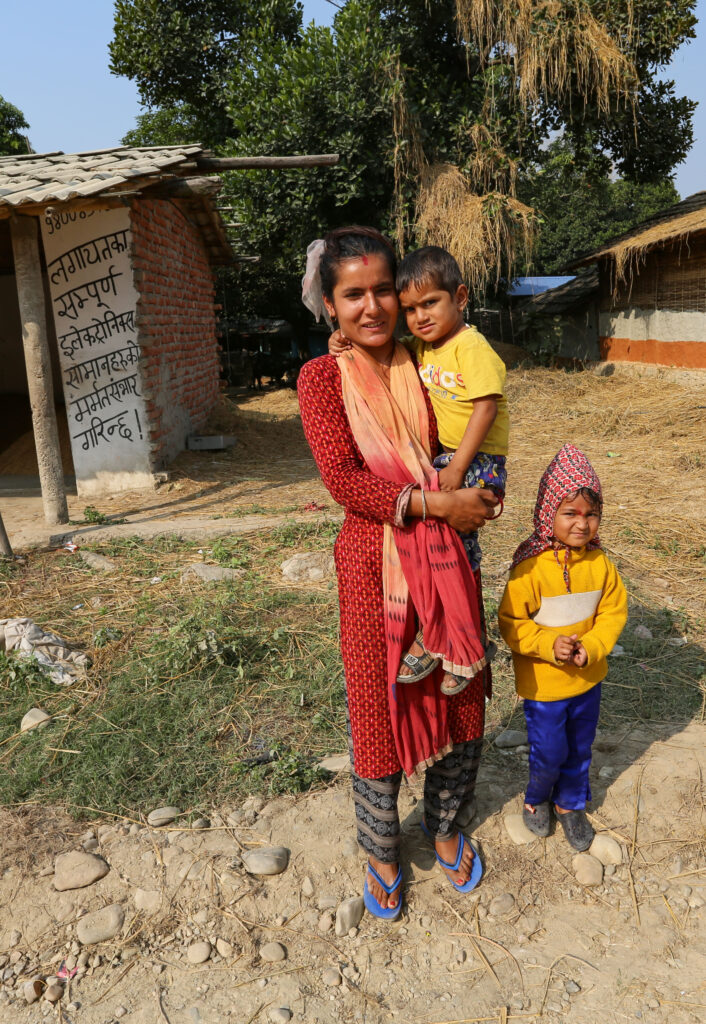Paaniko Srot, Samudayako Shakti
Water Filtration Systems That Power Self-Sustaining Economies
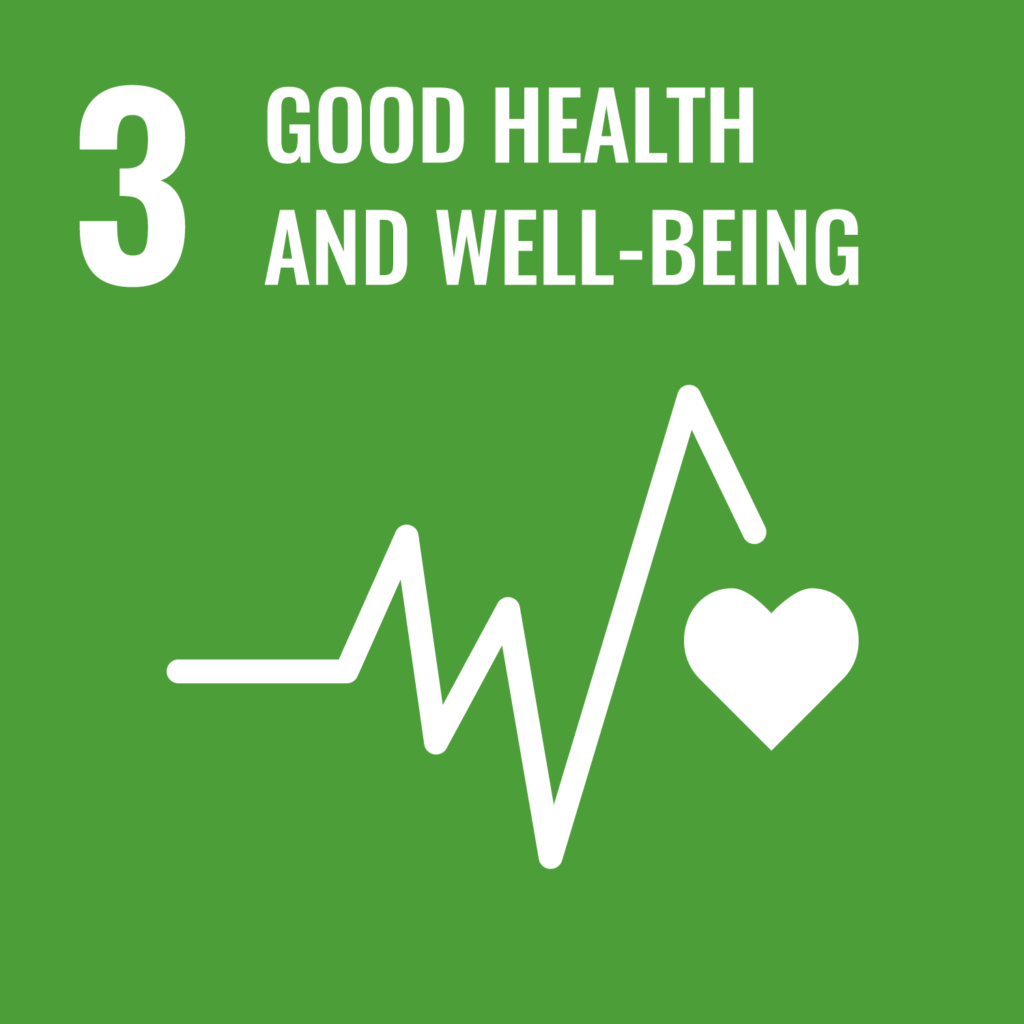
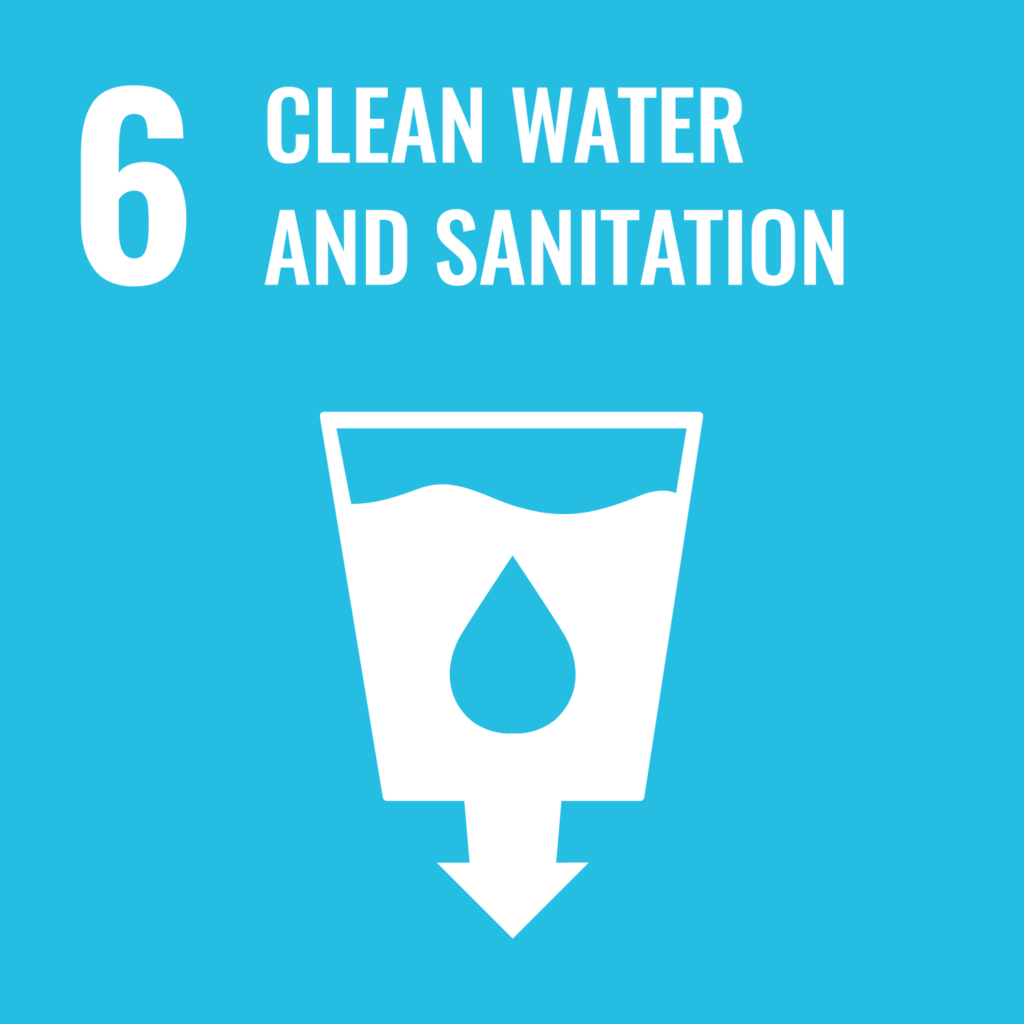
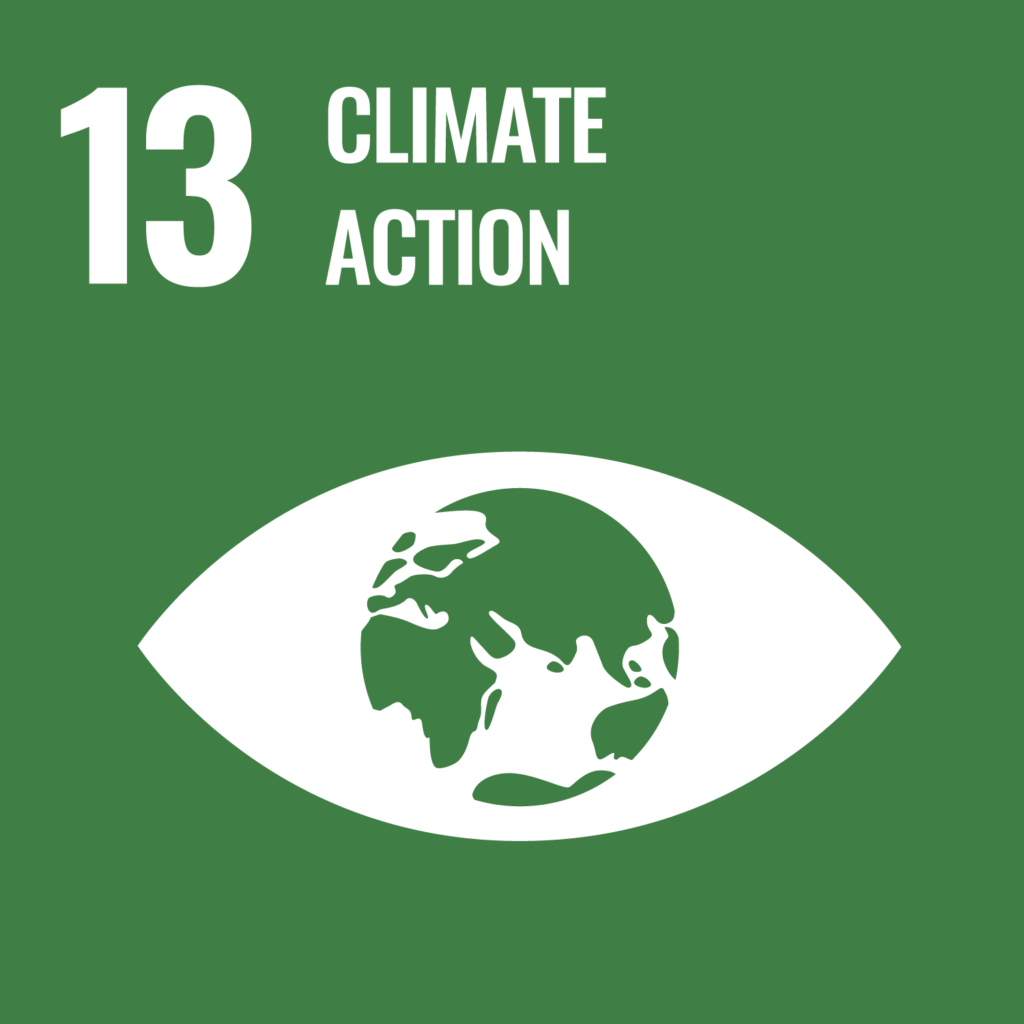
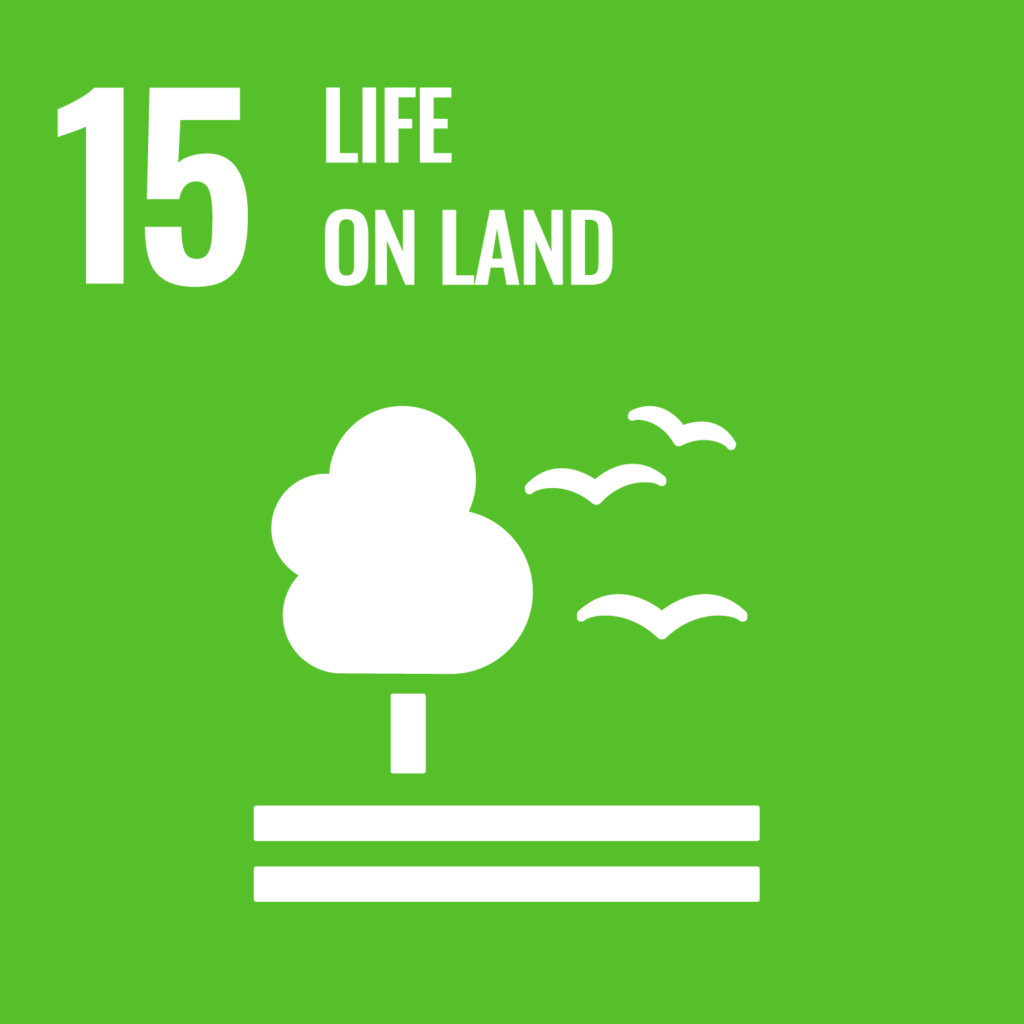
Access to clean water should be simple, not a struggle. In Nepal, where traditional water purification methods burden households—especially women—our low-GHG water filtration systems are transforming lives. By replacing harmful practices like burning firewood and using LPG with sustainable, efficient solutions, we reduce health risks and environmental damage. This approach not only provides safe, clean water but also stimulates local economies, with benefits that extend to schools, improving children’s health, and reducing absenteeism. Our project is making clean water a reality—without the cost, effort, or environmental toll.
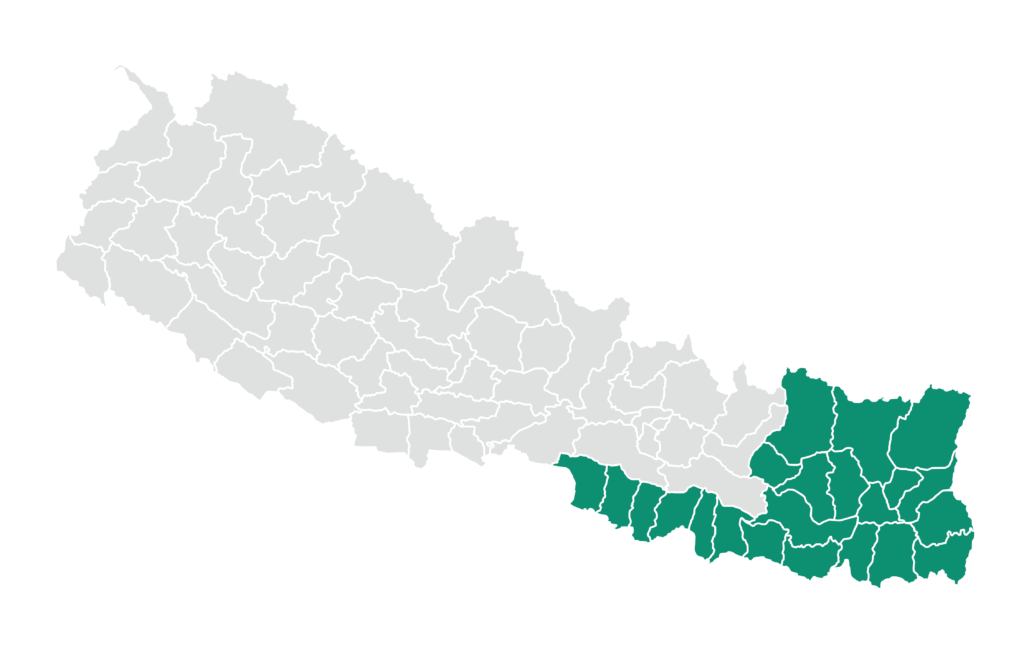
Paaniko Srot, Samudayako Shakti
Project Location: Koshi and Madesh province, Nepal
Methodology: Emission reductions from safe drinking water supply
Standard: Gold Standard
![]() Planned Installation: 400
Planned Installation: 400
![]() Benefitted: 134 schools
Benefitted: 134 schools
Clean Water Access Rendered by Self-Sustaining Economies
Our water filtration systems in Nepal are transforming clean water access, with a special focus on the girl child. By tapping into carbon markets, we create financial opportunities that enable local entrepreneurs to operate, maintain, and distribute water. This self-sustaining model benefits 134 schools, reducing waterborne diseases and boosting attendance, especially among young girls, who often bear the responsibility of fetching water. With improved access to clean water, girls have more time to focus on their education and health, helping them realize their potential and shaping a brighter future.

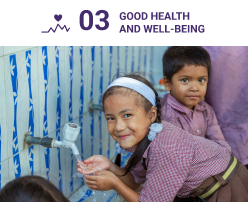
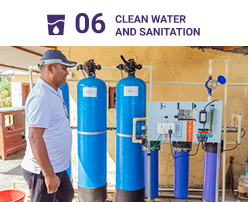
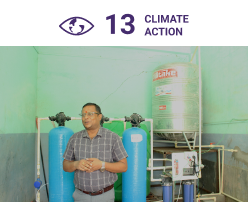
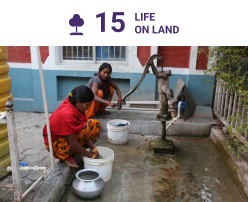
Access to clean drinking water is a fundamental right, particularly in schools where it is crucial for children’s well-being. In many developing regions, effective resource distribution is key to increasing school enrollment, as seen in WASH (Water, Sanitation, and Hygiene) programs. Providing safe drinking water helps keep children hydrated and healthy, reduces waterborne illnesses, and creates a healthier learning environment, empowering children to reach their full potential.
Sustainable rice cultivation in India using AWD promotes responsible water use and sustainable agricultural production practices in the country’s water-stressed regions. By optimizing resource utilization and minimizing waste, rice cultivation can become more sustainable and efficient. This contributes to sustainable consumption and production patterns and reduces agriculture’s environmental impacts. This program will also exemplify sustainable procurement within one’s value chain.
Our current actions have created a challenging reality for children, who are disproportionately affected by existing societal structures. Their experiences today will determine the future trajectory of climate action. Our approach is twofold: First, we provide water hygiene education to children, instilling positive, long-lasting behaviors that extend into their homes and communities. Second, our filtration systems rely on national grid electricity, significantly reducing direct greenhouse gas emissions in the water purification process. By combining education with sustainable technology, we enable children to become informed stewards of their environment.
Traditional water purification methods, like boiling, often depend on biomass, putting considerable pressure on forest resources. Our project provides easier access to clean drinking water, eliminating the need for this practice and helping preserve forest ecosystems. This approach ensures that trees are not cut down for something that should be a basic right—access to clean water.
A Healthy Child, A Brighter Future

Access to clean drinking water is a fundamental right, particularly in schools where it is crucial for children’s well-being. In many developing regions, effective resource distribution is key to increasing school enrollment, as seen in WASH (Water, Sanitation, and Hygiene) programs. Providing safe drinking water helps keep children hydrated and healthy, reduces waterborne illnesses, and creates a healthier learning environment, empowering children to reach their full potential.
Multi-Stage Water Treatment

Climate change is intensifying water pollution, with rising flooding and microplastic contamination disproportionately impacting already water-stressed communities. Our project tackles these challenges with a multi-tiered water treatment system. This system integrates several technologies: a dual media filter to remove larger particles, a micron filter for finer dirt and suspended particles, and ultra-filtration for microbial disinfection. This comprehensive approach guarantees access to clean, safe water, even in the most challenging environmental conditions.
A Two-Fold Systemic Approach

Our current actions have created a challenging reality for children, who are disproportionately affected by existing societal structures. Their experiences today will determine the future trajectory of climate action. Our approach is twofold: First, we provide water hygiene education to children, instilling positive, long-lasting behaviors that extend into their homes and communities. Second, our filtration systems rely on national grid electricity, significantly reducing direct greenhouse gas emissions in the water purification process. By combining education with sustainable technology, we enable children to become informed stewards of their environment.
Reducing Stress on Forests

Traditional water purification methods, like boiling, often depend on biomass, putting considerable pressure on forest resources. Our project provides easier access to clean drinking water, eliminating the need for this practice and helping preserve forest ecosystems. This approach ensures that trees are not cut down for something that should be a basic right—access to clean water.
Gallery
